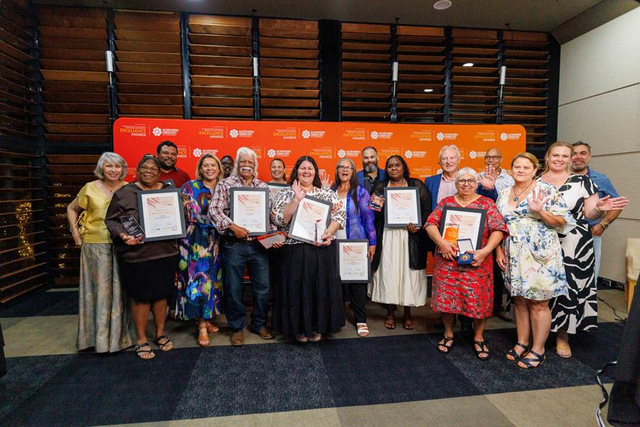The imposition of a 1.5 percent rate peg for 2017/18 will push New South Wales councils further behind the financial eight-ball, the sector’s peak body Local Government NSW (LGNSW) said today.
LGNSW President Keith Rhoades said the 1.5 percent rate peg announced by the Independent Pricing and Regulatory Tribunal (IPART) today was part of a financial noose which continued to tighten, effectively preventing councils from ever becoming financially sustainable.
”The 2017/18 rate peg of 1.5 percent is down on last year’s cap of 1.8 percent, which was less than 2014’s cap of 2.3 percent, which in turn was less than 2013’s peg of 3.4 percent.
”In the five years to 2014/15, it averaged 2.9 percent per annum – yet the cap for 2017/18 is half that.”
Cr Rhoades said the rate peg – calculated by IPART on the basis of the Local Government Cost Index, similar to the Consumer Price Index – also failed to allow councils to address the infrastructure renewal backlog.
”That means every year councils slip further and further behind.
”IPART has come to the 1.5 percent figure despite an increase of 2.3 percent in employee benefits and on-costs, and an increase of 2.7 percent in non-residential building construction costs, saying those price rises were partly offset by decreases in gas and fuel prices.
”But that just fails to recognise the ongoing squeeze on councils that comes from the combination of rate-pegging and cost-shifting, and deteriorating infrastructure.
”The latest figures show cost shifting by the NSW Government and the Australian Government in the financial year 2013/14 totaled around $670 million – almost 7 percent of local government’s total income before capital amounts.
”And while the rate cap continues to tighten, costs for councils continue to grow.
”Between 2011/12 and 2013/14, the impact of cost-shifting on councils rose by $88 million.
”The reality is that rates have not kept pace with the cost of services and infrastructure that Local Government is expected to deliver.”
Cr Rhoades said the rate peg forced many councils to seek special rates variations – essentially a time-limited increase in rates that allows them to provide needed infrastructure and services.
”The whole system is set up to make councils look inefficient and financially profligate, when the opposite is true.”








